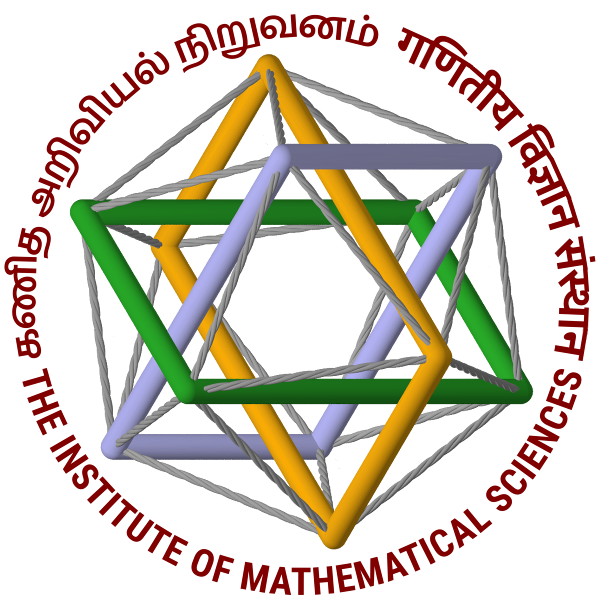A national institute for research in the theoretical sciences
Upcoming Events
Apr 04
10:00-11:15
10:00-11:15
Kuldeep S Meel | University of Toronto
TCS Seminar | Alladi Ramakrishnan Hall
Apr 04
11:30-12:30
11:30-12:30
Velmurugan S | IMSc
Mathematics Seminar | E C G Sudarshan Hall
Apr 04
11:30-13:00
11:30-13:00
Amit Suthar | IMSc
Physics Seminar | Alladi Ramakrishnan Hall
Apr 04
12:15-13:15
12:15-13:15
Subrat | misc
Mathematics Seminar | Room 326
Apr 04
14:00-16:00
14:00-16:00
Arghya Das | IMSc
Biscaling in stochastic processes
Physics Seminar | Alladi Ramakrishnan Hall





